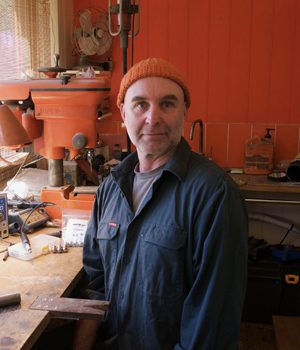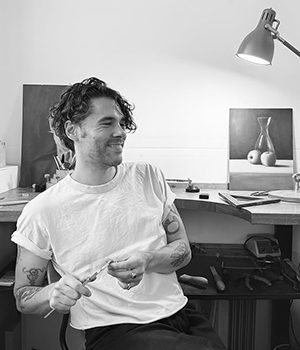Journal: Sean O’Connell
Plants and mushrooms
Plants and mushrooms are very inspiring. In the ground they are perfect little creations, balanced shapes and patterns that are in perfect harmony with their environment. They are the biggest inspiration for my jewellery, their basic forms like a template for beauty, their structure like a map of forces that flow though them as they grow and live. And on the plate they are divine, subtly cooked in combinations to happily fill the belly.
It may be indulgent, but here are some pictures of small plants and mushrooms. The way they are formed, sometimes so odd, but always somehow so natural, is a constant inspiration to live better and more beautifully. Often when I go for a walk I will stoop down to look at something small, only to get sucked down into perfect little worlds by the side of the track, of moss in the underbrush, mushrooms erupting from the sand, leaves and flowers branching off from stems…. You can stare for hours, become transported, and the world becomes smaller, more manageable, somehow perfect. It is all very naive, but it is also very much like jewellery—precious little patterns, sublimely designed, enclosed in a world of their own, seemingly so simple from our big clumsy viewpoint….

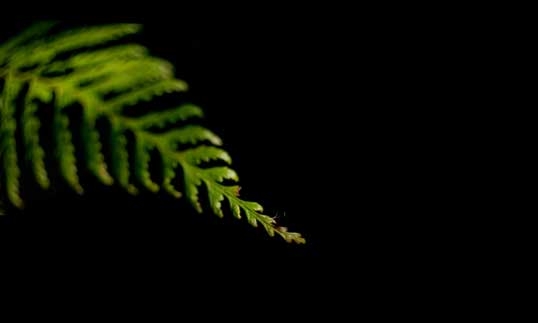
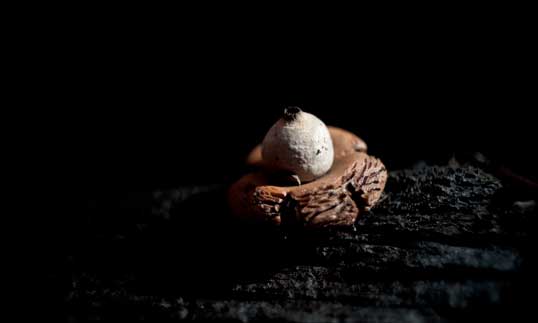

My jewellery takes all of its inspiration from nature. Although most of the things I make end up looking like props from an 80s sci-fi movie, it is natural form and pattern which is at the root of it all. This bracelet below was made for a show and was inspired by plastic forks, but it is flower forms that are its real inspiration, like the dandelion above. It is sprung in the centre so it flips open when worn, like the morning sun opening up the weed flowers in my backyard, celebrating the light and the pure fact of being alive.

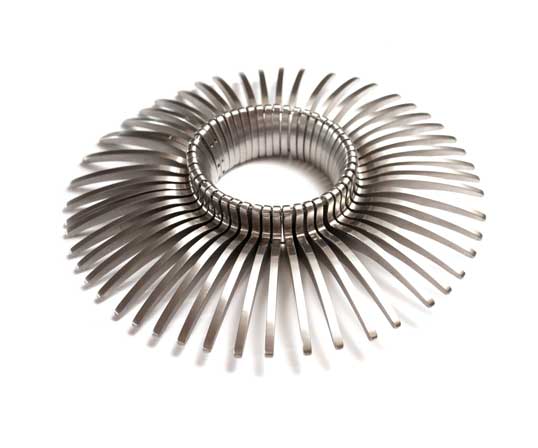
It is a bit of a clumsy piece—heavy and awkward, and I have been making (that is, half-finished pieces have been sitting on a side desk for 9 months) a new bracelet: lighter, more refined, the individual shapes drawn from helicopter seeds, that spin down from maple trees in a light wind. Although the segments are laser cut from sheets of titanium, the precise drilling and the filing of each piece to form, all lets me keep my hand on the process and maintain involvement. These pieces will come together in a similar way to the sprung bracelet above. When I make jewellery like this it is as if I am trying to re-engineer some aspect of organic form—though it ends up being quite a labour, very different to the natural growth of a plant!
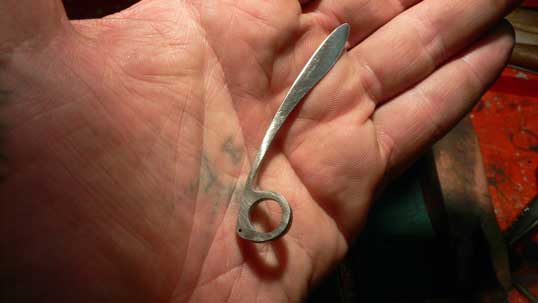

The way I look at nature is very abstract. I see the structures underlying the form, the sparse efficiency of their design, the way they evolve in harmony with their environment. These currents and directions that flow within the forms, as they grow and live, are what interest me. One of the most influential books in this respect is D’Arcy Thompson’s “On Growth and Form”, written in 1917. In it he describes how the “shape of an object is a diagram of its forces” and goes on to explore all of biology from this structuralist viewpoint. Amazing stuff.
Another wonderful thing about plants and mushrooms is that you can eat them. Whether they were designed to be tasty, or whether we evolved to think they are tasty is a mystery. But tasty they are. Below are some pine mushrooms: gorgeous orange coloured caps of intense flavour, cooked simply with handmade fettuccine, drenched in olive oil, with lemon, garlic and dried porcinis. And some tamales, made of corn meal dough with oil and stock, stuffed with shitake mushrooms and leek, wrapped in corn husks and steamed slowly for a couple of hours.
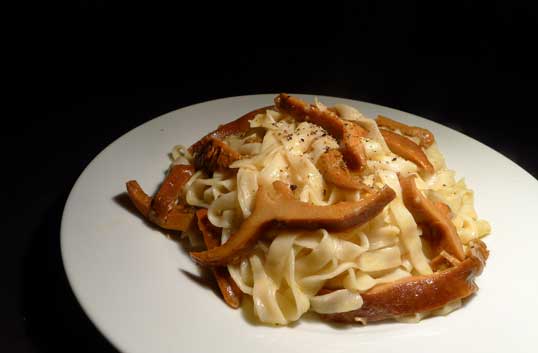
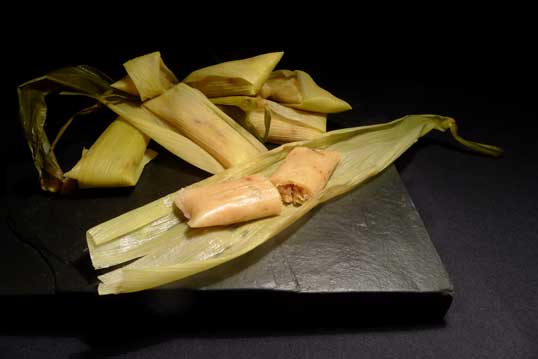
And of course the hearty and humble kartoffelpuffer, this recipe from my grandmother, traditionally served with stewed apples on a cool winter day. Potatoes are amazing – have you ever wondered at how amazing a potato really is? They are quite odd – subterranean growths of vegetable starch hiding from the sun, fed by the leaves aboveground. Yet, so tasty when fried! Truly amazing….

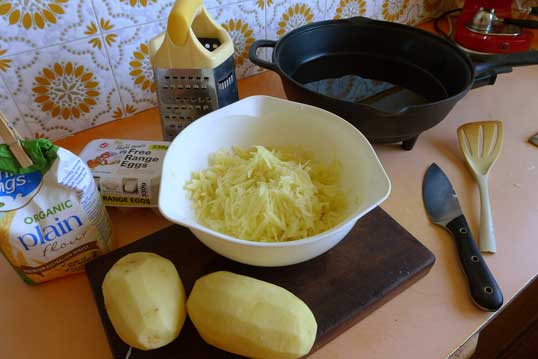

4 medium sized pontiac potatoes, grated
Half an onion, finely sliced
2-3 whole eggs
1 heaped tablespoon plain flour
1 teaspoon of salt
Mix it all together, fry it in some sunflower oil, the potatoes spread about 1cm thick, for about 5 minutes each side until brown. Serve with stewed apples and a sprinkle of salt (sounds a strange combination but is actually very nice).
Yum!
